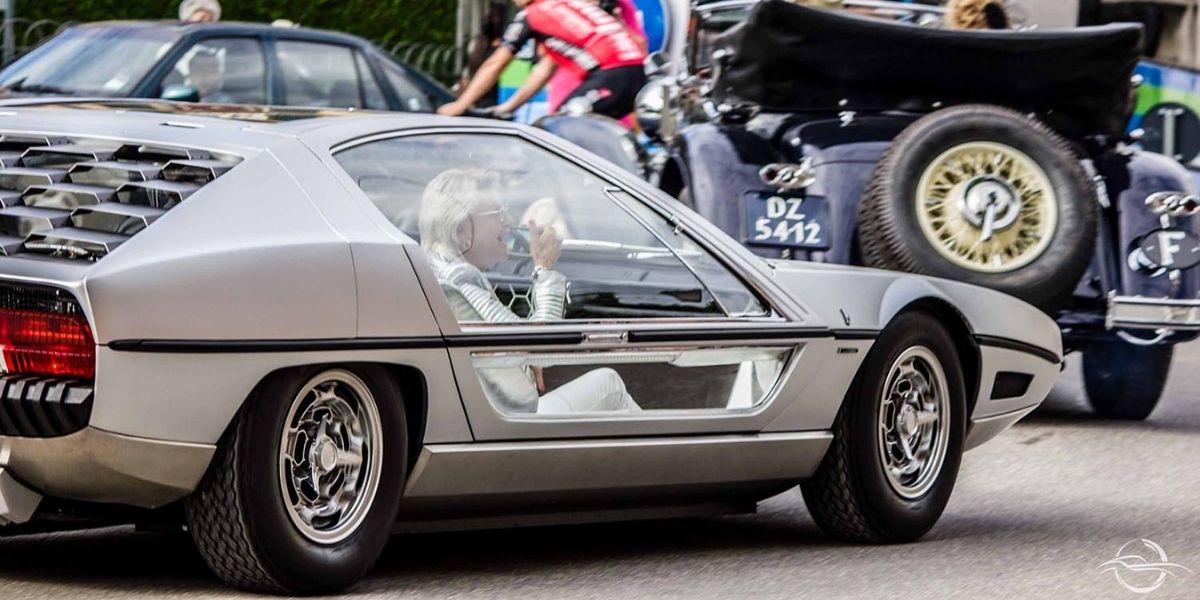– You were young, you were 27 years old when you drew the Lamborghini Miura for Bertone, I’m not talking about the actually car’s design which you consider to be unsightly… but the stroke was already bold.
– Only to a certain extent as my taste derived from the 50s sports cars. If you look at them today, they’re not beautiful but back then, for a guy like myself, they represented something very advanced. With Lamborghini Miura, I was at the beginning of my work and I didn’t have such an autonomy to be able to do what I wanted. I had relied upon the taste of the great sports car from the 50s/60s and then, the fact that something was different but yet, it was already in people’s eyes. So aggressive, but with some sweetness, a mix. The Miura’s design was a compromise between the wish to do something new and something different, but not to displease the public.
When I made the Countach, it took years before it was totally accepted. Someone liked it straight away, but most people, including some journalists, took years to like it. To the extent that it was in production for 17 years.
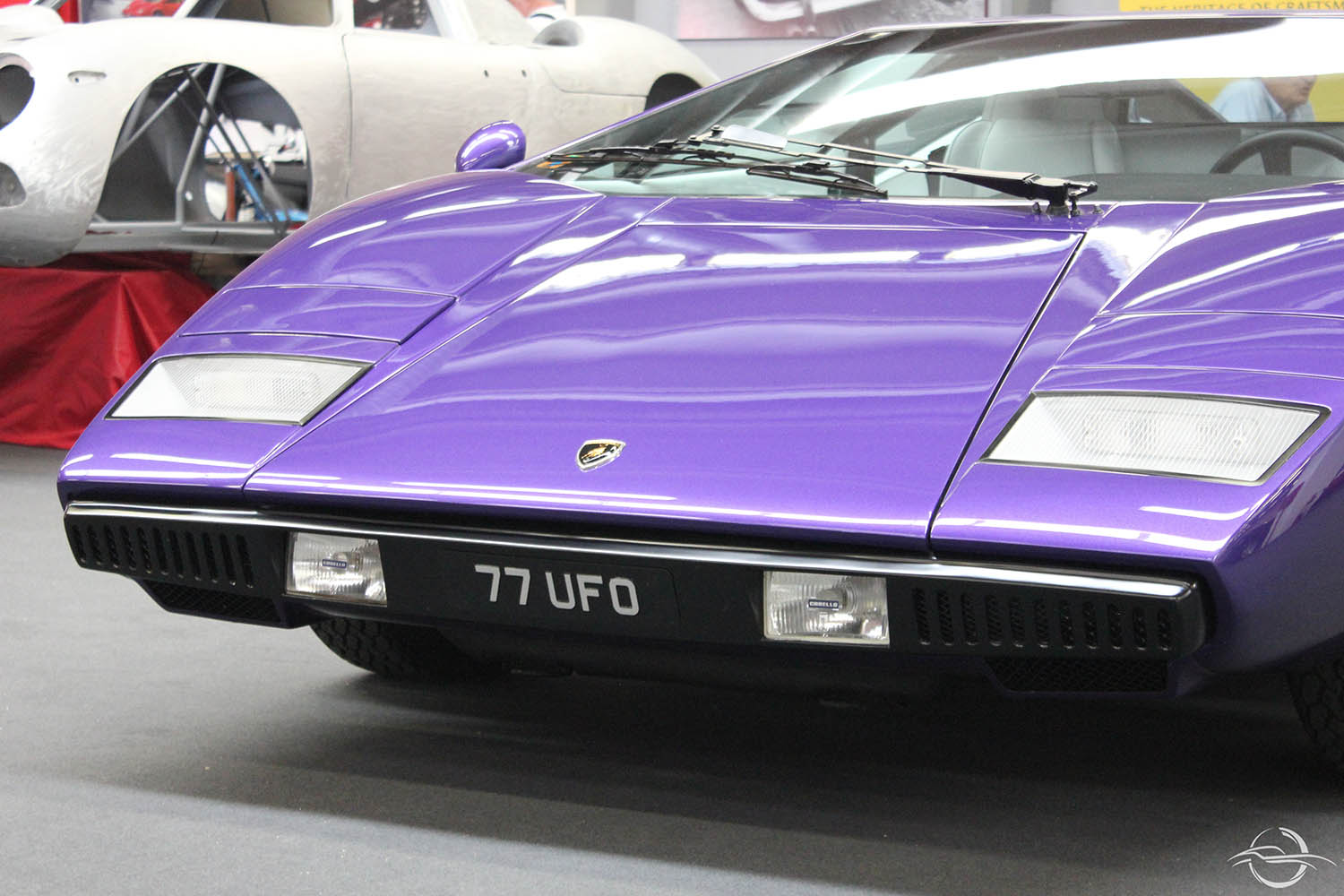
Marcello Gandini is a reserved and every detail regarding him is of shying away from flashiness. The elegance which distinguishes him in his facial features and gesturalism. The sobriety in his speech. The gentleness of the soul and strong personality make him the very charismatic master. Some of his creations convey extravagance, others grace and power, but they’re all great charmers. They’re cars which wink at their competitors and they declare the challenge open.
– The Lamborghini Countach catalyses curiosity, you still stop to look at it today… its shape is still innovative
– But initially you encountered some challenges. While it represented my dream

– Do you mean that the Miura was more of a ruffian, a transition line, while the Countach is the purest car, which identified you the most?
– Yes, that’s right, in the Miura that little bit of boldness that there was, was made acceptable by sweetness, by the trend of the design. Nobody refused the Miura, there was a prompt consent. Even more than it deserved.
– I read in several interviews that you consider the Lamborghini Miura to be “unsightly”.
– Yes, I think it is, but I didn’t realise about it.
– Personally speaking, I find the Miura to be beautiful and the detail of the gills is my favourite.
– They’re part of that touch of necessary originality, which you need to include or there is no novelty. Just like the eyelashes on the headlights, which were simply drawn to mask the Fiat 850’s headlight. To make prototypes, they used series products of other cars, trying to camouflage them as much as possible. There was a practical reason in some cases.
The air vents were necessary, they could have been designed differently, or put in another place, but there was a practical function because you need to support the open glass, without frame, and a guide was necessary in some way.
The grills with the hexagons were also aimed at diversifying something which was already part of the standard equipment.
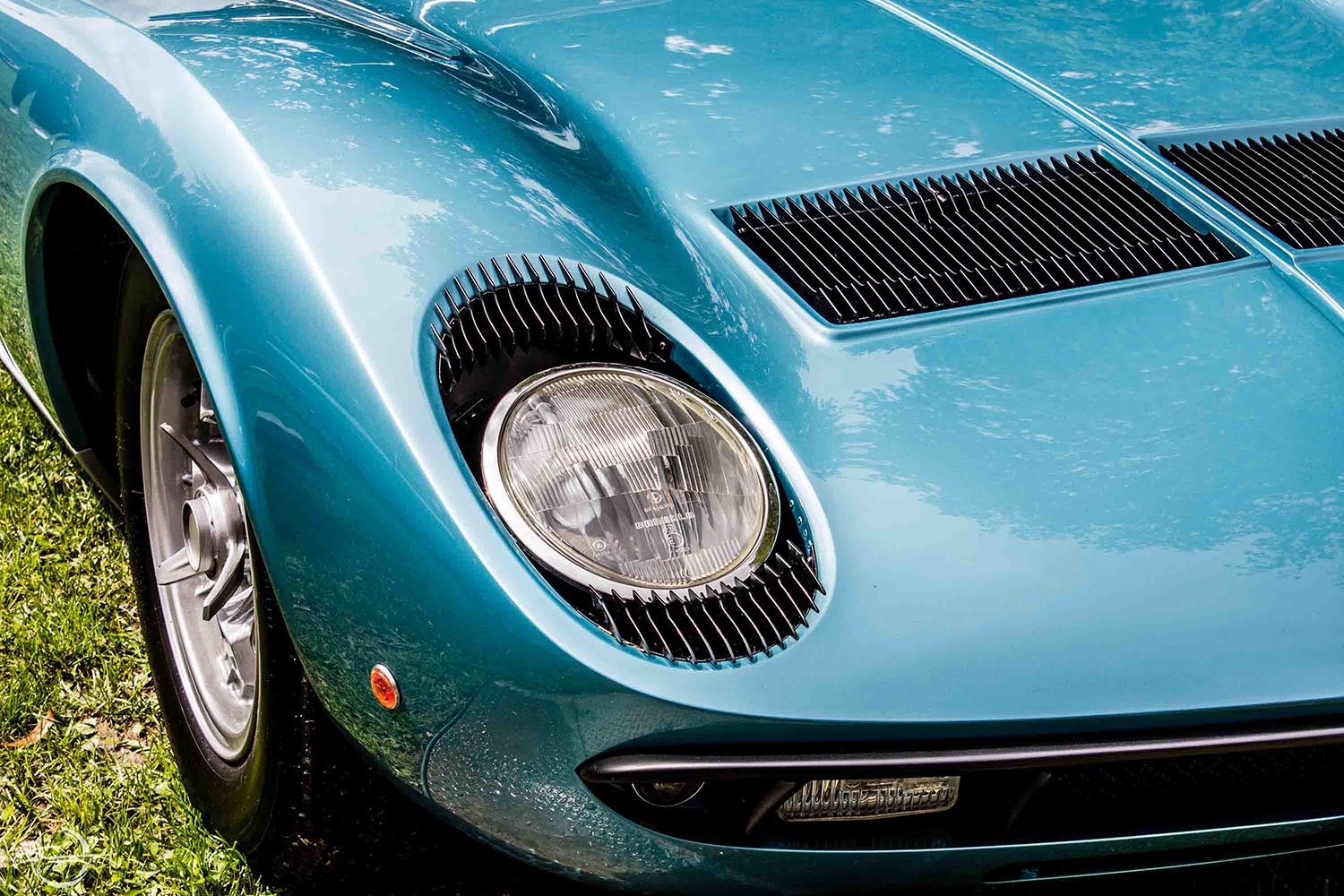
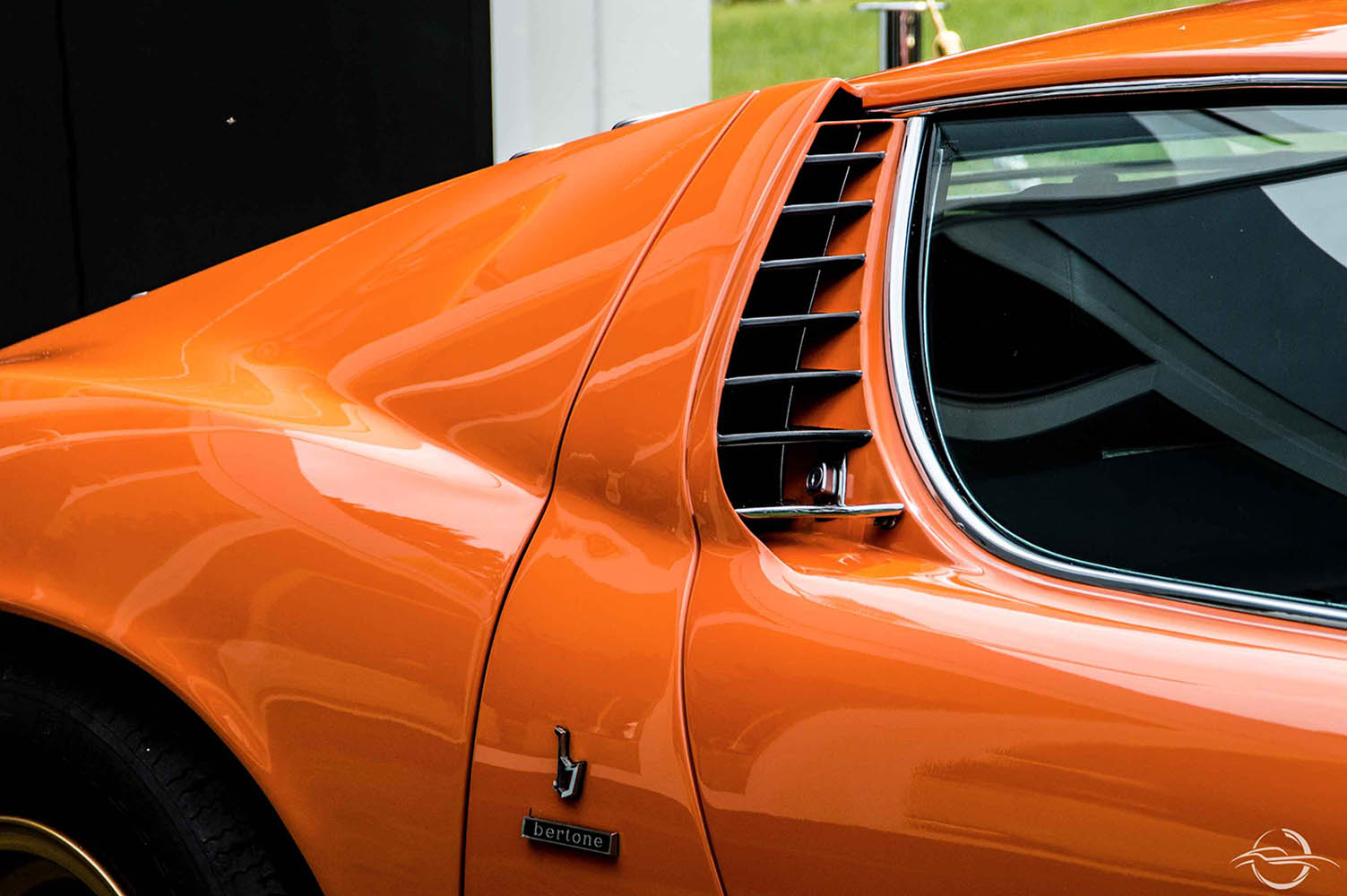
– Let’s talk about one of my favourite cars: the Marzal
– The Marzal needs to be seen in person because it’s very different to what it looks like in photographs. Lamborghini Marzal had to go to the USA but, for custom clearance issues, it was abandoned to the seasonal bad weather at Genoa harbour for a year! A disastrous story. A Swiss collector, Albert Spiess, purchased it and he refurbished it exactly as it was, maintaining the prototype’s originality.
Back then, Giampaolo Dallara thought that it should have been put in production. To this day, when I meet him, he always says it “Lamborghini’s mistake in life was not producing the Marzal”.

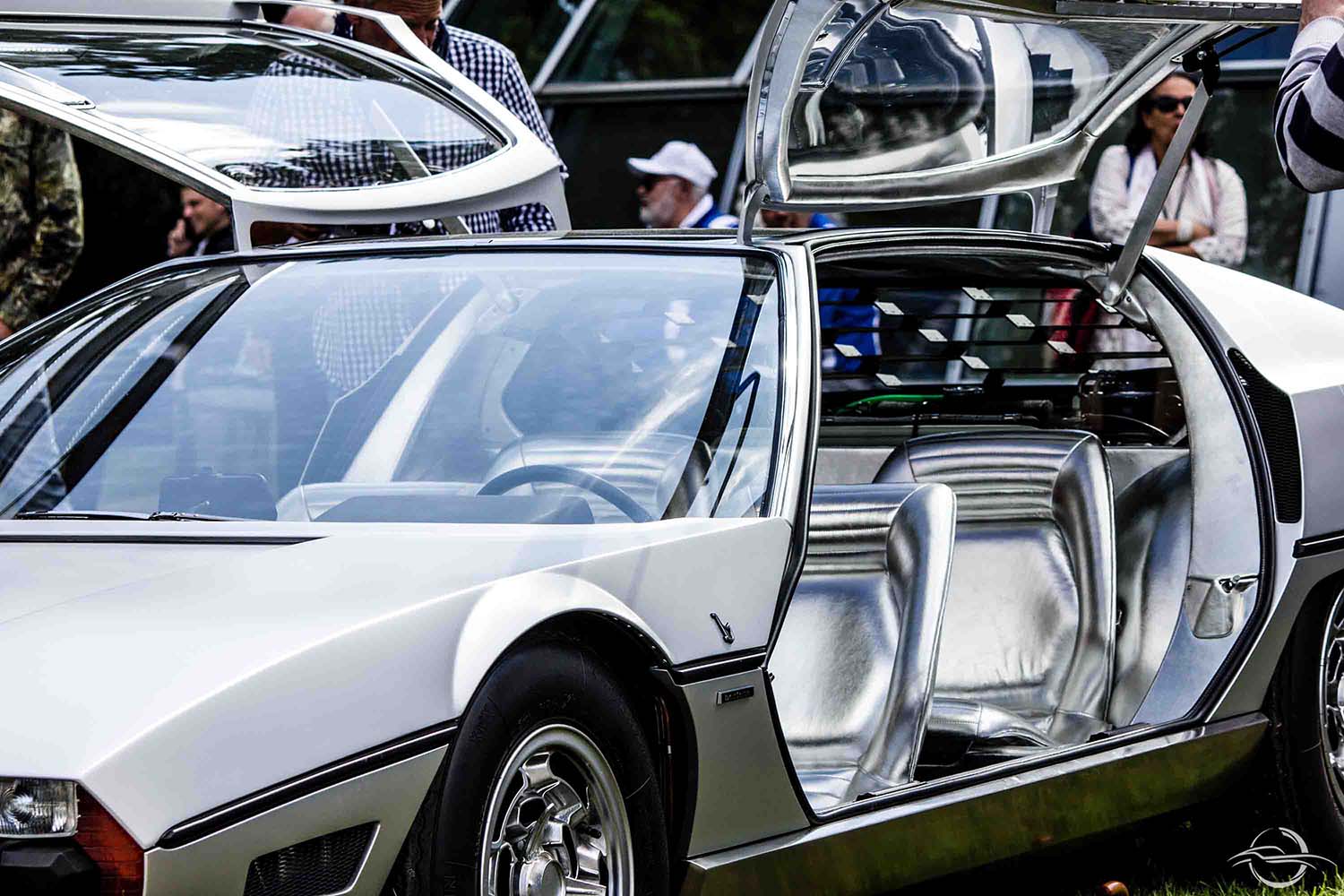
– Was it too futuristic for the time? It was 1967
– Yes, it was a bit like travelling to the moon, it was science fiction.
When I saw this over fifty-year-old car at the Concorso d’Eleganza Villa D’Este in 2019, I was surprised.
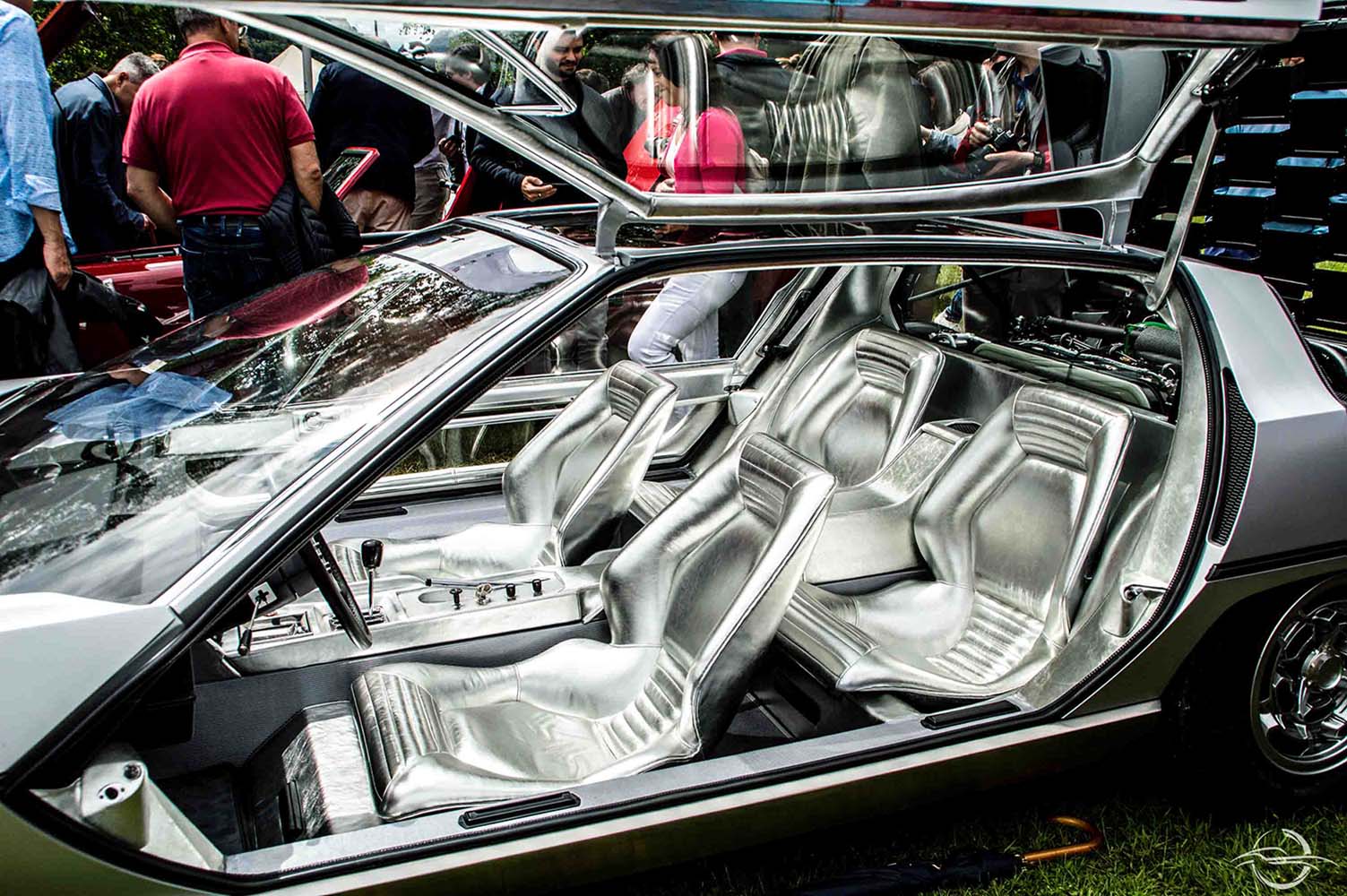
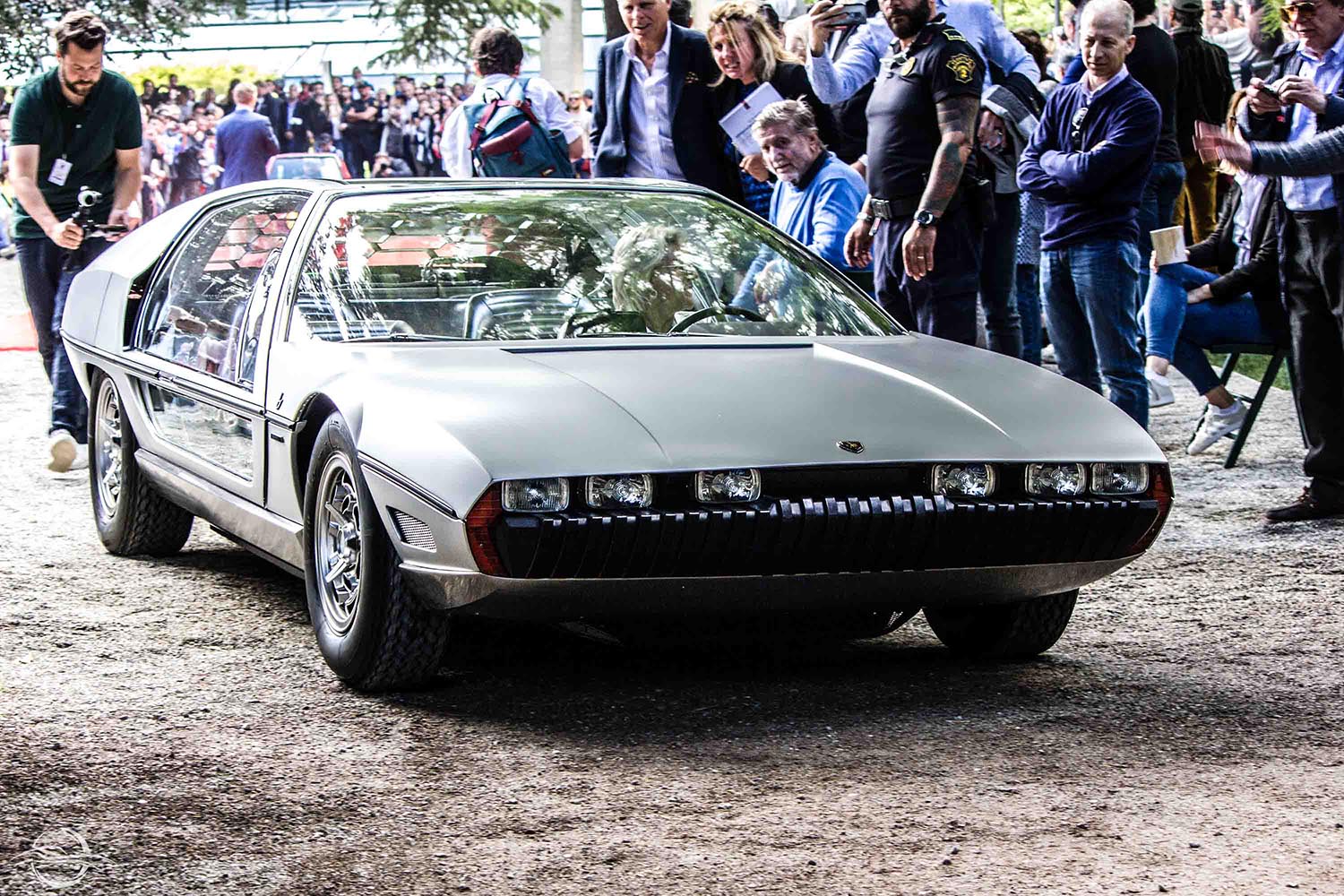

– Seeing it speeding on the road steals the eye
– That’s the concept I always had: a car not moving is a different thing. Cars need to be seen in movement. In my life, I made a huge quantity of models and carried out lots of studies, for some manufacturers like Renault or Volkswagen, and I remember that every time, for each of these models, the day we needed to load them on the truck, even just by pushing them by hand, they made you a different impression all-together straight away: for better or, sometimes, for worse
– Does movement change the view?
– Movement, even if it’s very slow, changes the visual point. Motion changes the car’s shape; at the same time, you see hidden parts and the visible parts change shape. You fully perceive the car’s volume, as if it was a hologram. Sometimes even for worse!
A car’s photograph is unlikely to provide an idea on its line, because it’s a still image which may be deceiving. The car needs to be seen in its volume.


– It’s a theory that is also applicable to other items
– Yes, absolutely, even for a person. If we take a woman’s face, you cannot catch some details from the static of a photograph. Looking at a person’s face in person, you catch what “you cannot see”.
– It’s now starting to become clear why you and Nuccio Bertone had the ambition to enter shows with the car in motion.
– We did it with standard cars, but hardly ever for prototypes, or rarely because we arrived at the last minute. But we did it at Bertone’s. I liked it a lot, I remember Geneva with the Lamborghini Countach. The car arrived the evening before the opening of the show, it would no longer be possible now as the regulations have completely changed. Everything was allowed back then. It was around 11 at night and outside the exhibition were journalists, other colleagues and curious people who were aware of it and were waiting… “it’s coming, it’s coming”, but it never came! Then, finally, the truck arrived, the car was unloaded and someone fired up its engine and drove it inside the exhibition at walking pace. With all of the queue of curious people… it was actually a beautiful feeling. In that occasion, it was a true emotion.

– The story was different for the Marzal. Lamborghini had modified its engine, I asked to inverse the rotation sense. At the last minute, when the mechanics were assembled, the gearbox didn’t work, we couldn’t set up any gear. We were desperate, I remember that Bob Wallace started to cry, exhausted. He was the one who managed to fix it, after working all night, but only the second gear worked… it was enough to enter the scene.

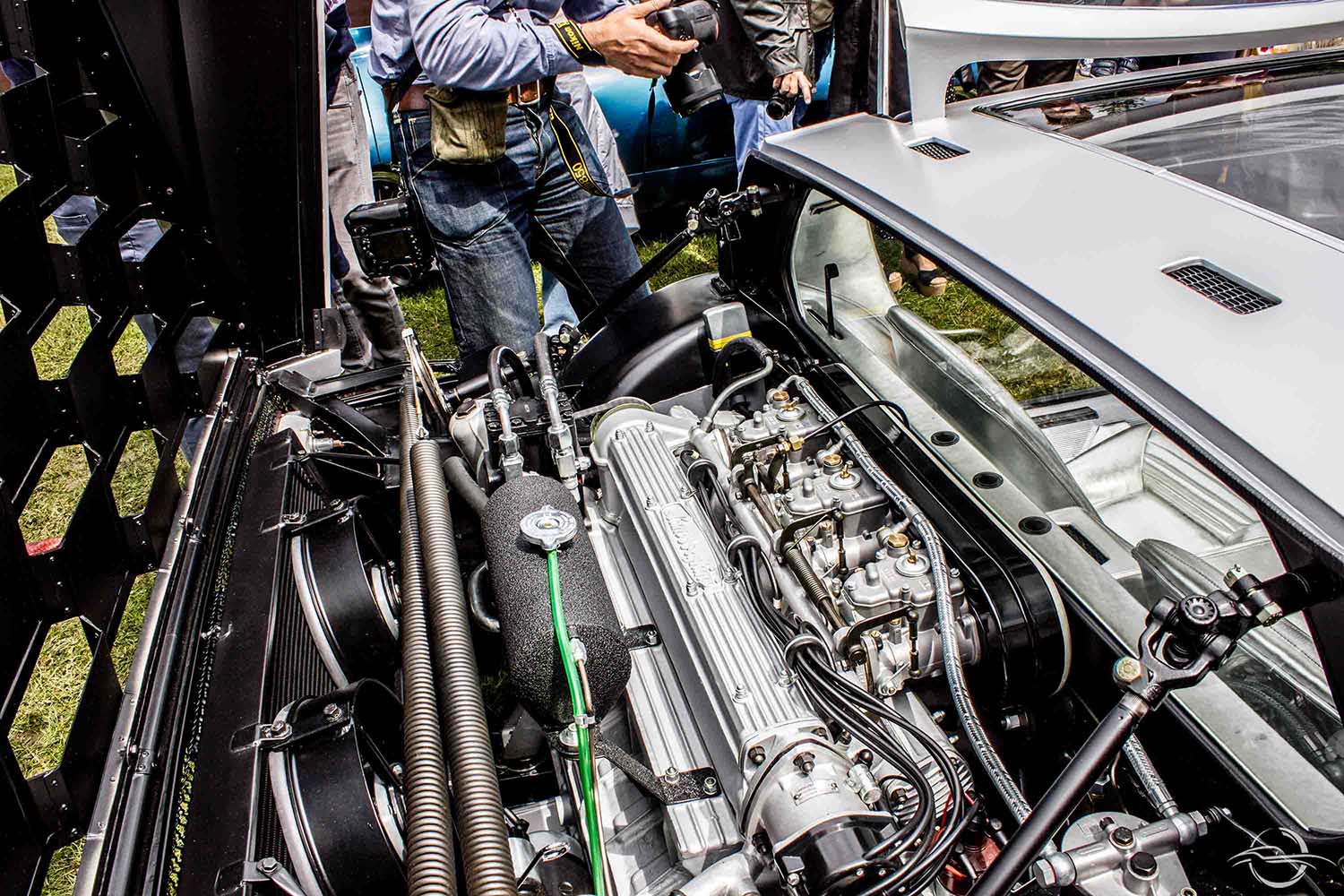
– Was there a lot more instinctivity than today?
– The prototypes being presented today are all fake, they’re not even made with the right materials. Sometimes they’re made in fibreglass, they’re simply models, which are perfectly well-made, but I find it pointless to spend money like that. While in the past they were cars and they needed to work.
– He’s very critical of his work
– I’m able to see when something is ugly, let’s say I have my own theory, if one managed to do half of the things decently well, that is already a nice success.
What does nice mean to you? How would you define beauty in general? This isn’t only referring to a car.
Personally speaking, I think that beauty is the opportunity to create emotions. If I see a car and I say “nice”, I’m saying that just to say something. I should actually say “it’s exciting”, or that “it stimulates certain emotions”.
– Should you pay more attention to your own feelings?
– I mean that sometimes, there is an image which we can easily assimilate, that is in tune with ourselves, but which is always connected with emotion. Where there are no emotions, there is nothing. It’s a very subjective concept, this is my perspective. Even a beautiful woman, a woman who you truly like immediately creates emotions, which are sometimes unforgettable. I also believe it is difficult to say whether a landscape is nice or ugly based on the purely dimensional observations. If it creates emotions, then it certainly is a nice thing for those who see it.
The wish to have emotions also has its own importance because, in my opinion “we have the wish to have emotions”, which we often don’t have or we’re even frustrated. This may also be applicable to cars and, let’s say that today I don’t feel particular emotions, in general, for the majority of modern cars.

– For your creations? Do you feel any emotions when you see them again?
– For some I don’t, while for others I do, a little. For example, when I saw the Lamborghini Marzal one year ago at the Concorso d’Eleganza Villa D’Este, it was actually moving. Especially seeing it in a normal setting, it would have been different to see it in an exhibition or in a museum. There were other cars there, there were people, the whole of the setting was very pleasant and it was a source of emotion for me.
– In that occasion there were two Lamborghini Miura – one in the competition and the other one exhibited, the Lamborghini Marzal, the BMW Garmish, did you have more than one of your creations around you?
They welcomed me in such a way that I would have never expected. BMW had organised everything to present the BMW Garmish, the concept car presented in 1970 at the Ginevra exhibition and which went lost afterwards.

– What did you think when you saw it again?
– It still holds the competition well today, despite it all. Clearly, I had already seen it when it was being constructed because I used to go to Turin while they were working on it. It was reproduced based on the photographs; the drawings are no longer available. Nothing is actually left of the original project.

– What impact did the environment where you grew up have on your talent?
– I grew up in an environment where my father, as well as being a composer and an orchestra director, also saw a group of six artists called the “Six of Turin”, where there were, amongst the others, Felice Casorati and Gigi Chessa… Back then, there was Riccardo Gualino in Turin, the entrepreneur of the high-speed train, the owner SNIA-Viscosa. A patron who was fond of art and took care of the city’s artistic side.
My father was modern for the time, in music terms, I could compare him to Richard Strauss. It was a “difficult” music, to my ear, which afterwards was dodecaphonic music. I was born in an environment of that kind.
– I think that your approach towards daring, for example, when you drew the Alfa Romeo Carabo, this confidence in proposing your own ideas and being able to express yourself, also came out of a whole educational background.
– It’s possible. There could be the influence or it could also be the opposite, therefore a reaction. That is, the fact that at home, the cars weren’t even considered, automatically I drew a car at the age of five.
Written by Daniela Borrini
Ph by Angelo Rosa

